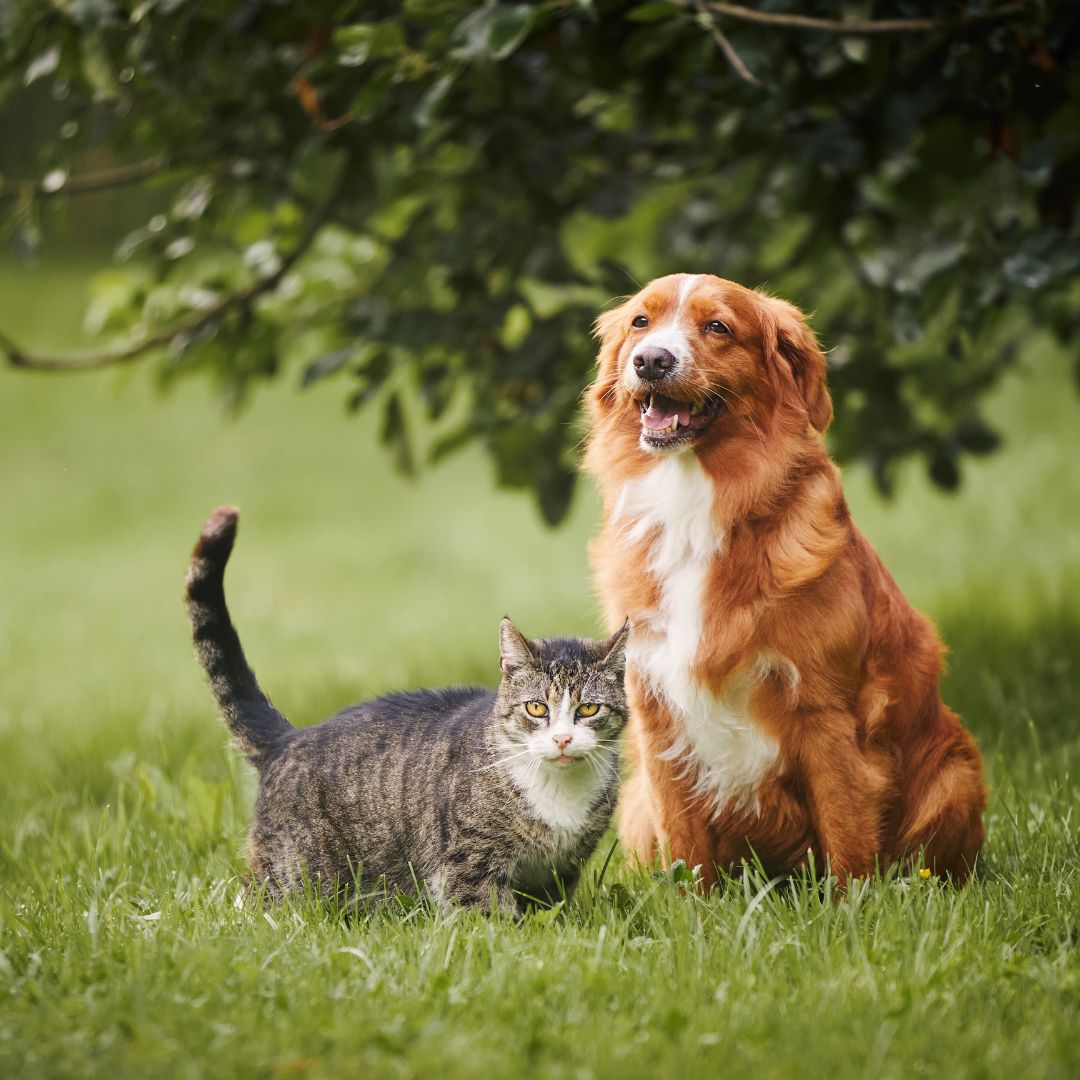
Are Cats Faster Than Dogs? Unraveling the Feline and Canine Speed Debate
Share
Introduction:
In the eternal debate between cat lovers and dog enthusiasts, the question of speed often takes center stage. While both cats and dogs exhibit impressive agility and bursts of speed, the contest for the title of the fastest animal often leans towards the cheetah in the wild. However, when comparing domesticated cats and dogs, the conversation becomes more nuanced. In this blog, we'll delve into the fascinating world of feline and canine speed, exploring their physiological differences, individual breeds, and the factors that contribute to their respective swiftness.
Understanding the Physiology:
To comprehend the speed disparities between cats and dogs, it's crucial to examine their physiological differences. Cats, known for their lithe bodies and flexible spines, are built for explosive bursts of speed. Their powerful hind limbs propel them forward, and their retractable claws provide traction, allowing for quick changes in direction. On the other hand, dogs come in a wide range of shapes and sizes, each adapted to its specific purpose. Greyhounds, for instance, boast a slender build and streamlined muscles, making them exceptional sprinters.
Individual Breeds and Speed Records:
When it comes to sheer speed, specific cat and dog breeds stand out from the rest. Among cats, the Egyptian Mau claims the title of the fastest domestic cat, reaching speeds of up to 30 miles per hour. This breed's distinctive spotted coat and powerful hind legs contribute to its exceptional speed. Among dogs, the Greyhound is often regarded as the fastest breed, capable of reaching speeds exceeding 40 miles per hour. Their long legs, deep chest, and aerodynamic build make them formidable sprinters on the race track.
Factors Influencing Speed:
While breed characteristics play a significant role in determining speed, various factors can influence the performance of both cats and dogs. Age, health, and overall fitness levels contribute to an animal's ability to reach and sustain high speeds. Additionally, motivation and prey drive can impact their willingness to engage in a sprint. Dogs, often motivated by play or the pursuit of a toy, may exhibit bursts of speed in a controlled environment. Cats, driven by their innate hunting instincts, may demonstrate impressive agility when chasing after a moving target.
Adaptations for Speed in the Wild:
Examining the evolutionary adaptations of cats and dogs sheds light on their inherent speed capabilities. In the wild, cats are natural hunters, relying on speed and agility to catch prey. Their solitary nature often requires stealth and rapid pursuits to secure a meal. Dogs, as pack animals, exhibit teamwork and endurance during hunts. While they may not match the sheer acceleration of a cat, their stamina and cooperative strategies contribute to successful group pursuits over longer distances.
Comparing the Speed of Domesticated Cats and Dogs:
When examining the speed of domesticated cats and dogs, it becomes clear that their environment and lifestyle significantly impact their ability to showcase their speed. Cats, known for their independent nature, might not always demonstrate their full speed potential in a home setting. Nevertheless, instances of play and exploration can highlight their agility and sudden bursts of speed. In contrast, dogs may exhibit their speed during various activities such as playtime, walks, or agility training, contingent on the specific breed and individual disposition.
In Conclusion:
In the ongoing debate over whether cats or dogs are faster, it is apparent that both species possess distinctive qualities contributing to their speed capabilities. Cats, with their rapid bursts of speed and nimble movements, underscore a predatory prowess that has evolved over thousands of years. Dogs, representing a diverse array of breeds, showcase varying degrees of speed influenced by their unique characteristics and intended purposes. Ultimately, determining whether cats are faster than dogs or vice versa lacks a definitive answer, as the speed of each animal is a culmination of its biology, environment, and way of life. Appreciating the diversity of these cherished pets enables us to acknowledge the distinctive qualities that render both cats and dogs extraordinary in their own respective ways.
Cat Blogs: Cat Behavior | Cat Food | Cat Health & Care | Cat Training | Cat Breeds | Cat Lifestyle | Cat People
Visit our blogs page for more fun cat topics and cat products visit www.catcurio.com
Follow CatCurio: Instagram I Facebook I Twitter I YouTube I Tumblr I Pinterest
